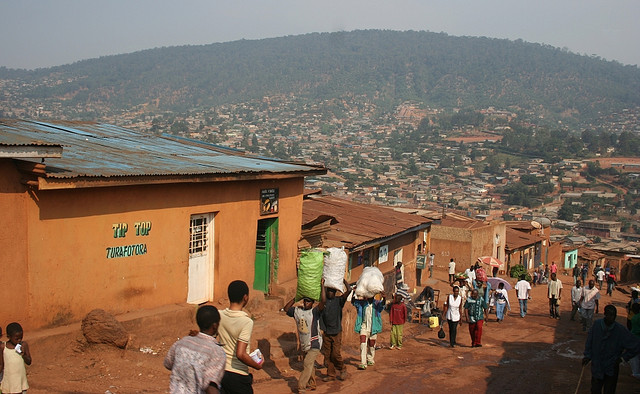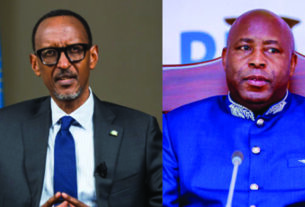The government says that in the last 30 years, Rwanda’s economy has grown at a rate of more than 7% every year, and that it has reduced its dependence on agriculture and foreign donations.
30 years ago, Rwanda was in the struggle to rebuild itself. Statistics also show that the economy of this country had collapsed at a rate below 0% in 1994 when the Genocide against the Tutsis took place.
The Minister of Finance and Planning Dr Uzziel Ndagijimana said “In 1994; because of the consequences of the Genocide against the Tutsis; Rwanda’s economy dropped to fifty below zero (-50%). Since then for the last 30 years we have had an economic growth rate of between 7% and 8%.
Second in 30 years; in 1995, 1996, until the year 2000, Rwanda managed foreign donations at a rate of more than 70%, now we are at 13%.
Also, our economy was based on agriculture at a very high rate, but in these 30 years the economy has been changing, now industry has reached 20% of the country’s gross domestic product, agriculture is about 25%, industry is about 48%.”
Dr Uzziel Ndagijimana says that the growth of Rwanda’s economy has made the annual income of Rwandans to be more than ten times in those years.
He said, “The amount of money a Rwandan earns on average; now we are over $1,000 per capita, while 30 years ago we were as low as $100.”
This development of the country’s economy has increased various activities designed to take care of the lives of the residents, and the life expectancy of Rwandans is increasing, where the 2022 census shows that the life expectancy of Rwandans has reached 69 years from 64 of 2012 and 51.2 of 2002.



